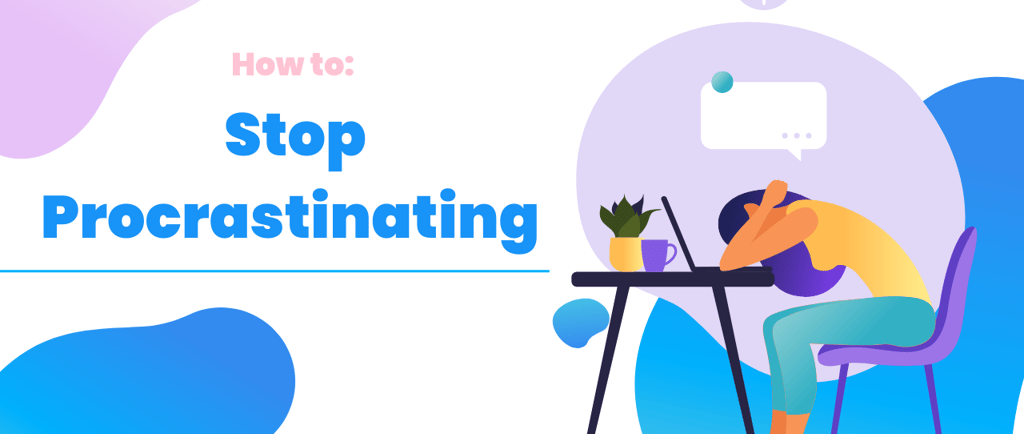The 5-Second Rule: Beat Procrastination & Get Things Done (Backed by Science
Discover how the 5-second rule rewires your brain to beat procrastination. Learn the science-backed trick to taking immediate action (even when unmotivated) and boost productivity today. Works for work, fitness, and daily habits!
SOCIAL


We’ve all been there:
"I’ll start after one more video..."
"I work better under pressure..."
"I’m just not in the mood right now..."
But here’s the hard truth: Motivation doesn’t come first—action does.
Research in behavioral psychology shows that 98% of procrastination is caused by hesitation—the tiny gap between thinking about a task and actually starting it. The longer you wait, the harder it gets.
That’s where the 5-second rule comes in.
Developed by Mel Robbins, this simple but powerful trick helps you bypass resistance and take action—even when you don’t feel like it.
In this guide, you’ll learn:
Why your brain resists starting tasks (and how to outsmart it)
How the 5-second rule rewires procrastination habits
When to use it for maximum results (work, fitness, daily routines)
Real-life success stories from people who transformed their productivity
How the 5-Second Rule Works (The Science Behind It)
Step 1: Recognize the Hesitation
Your brain is wired to avoid discomfort—even if the task is important. The moment you think, "I should do this, but...", that’s your cue to act.
Step 2: Count Down 5-4-3-2-1
This interrupts overthinking and shifts your brain from "Should I?" to "Just do it."
Step 3: Move Immediately
Stand up
Open the document
Make the call
Start typing
Why It Works:
Neuroscience: Counting distracts the prefrontal cortex (the "overthinking" part of your brain).
Behavioral Science: Action creates momentum—motivation follows after you start.
When to Use the 5-Second Rule Today
1. Waking Up Early
Problem: Hitting snooze → groggy mornings
Fix: Alarm rings → 5-4-3-2-1 → feet on the floor
2. Starting Work or Studying
Problem: Staring at a blank screen
Fix: 5-4-3-2-1 → type the first sentence (even if it’s bad)
3. Making an Uncomfortable Call
Problem: Avoiding emails or phone calls
Fix: 5-4-3-2-1 → dial the number before doubt kicks in
4. Going to the Gym
Problem: "I’ll go later..."
Fix: 5-4-3-2-1 → put on workout shoes
5. Ending Social Media Scrolling
Problem: "Just one more video..."
Fix: 5-4-3-2-1 → close the app
Why This Beats "Just Do It" (The Psychology of Small Wins)
Most productivity advice fails because it relies on willpower—but willpower is exhaustible.
The 5-second rule works because:
It’s immediate (no time for excuses)
It’s small (lower mental resistance)
It builds momentum (action → motivation → more action)
Case Study:
A study in the Journal of Consumer Research found that people who acted within 5 seconds of deciding were 3x more likely to follow through.
3 Common Mistakes (And How to Fix Them)
1. Waiting for the "Right Time"
Fix: There’s never a perfect time—just 5-4-3-2-1 go.
2. Overcomplicating the Task
Fix: Focus on the first tiny step (e.g., "open laptop," not "finish report").
3. Giving Up After One Try
Fix: It takes 3-7 days to rewire a habit. Keep using it!
Try It Right Now (5-Second Challenge)
What’s one thing you’ve been putting off?
Reply to that email?
Start that project?
Clean your desk?
